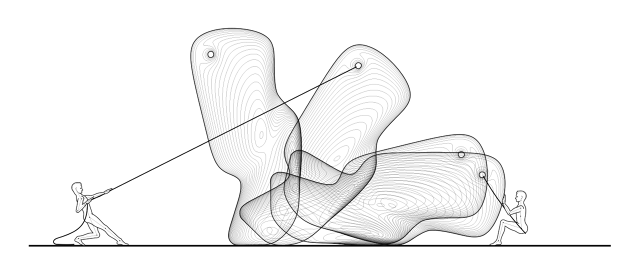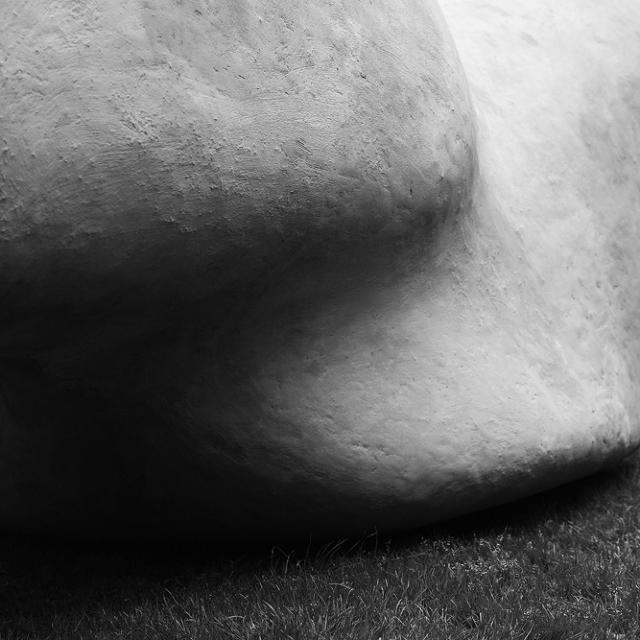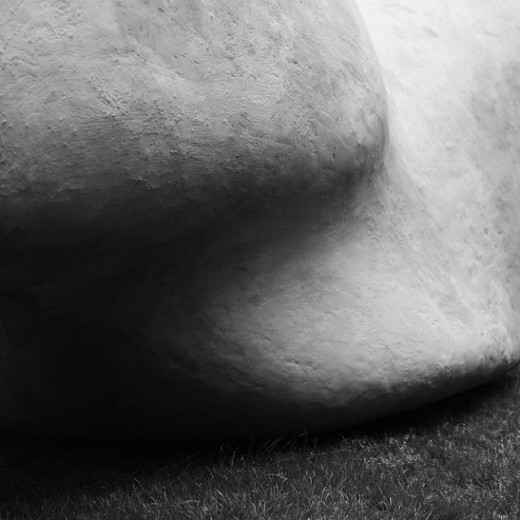MIT’s 2,000-Pound Megalith can also be Moved With A Fingertip
The McKnelly Megalith is each a memorial and an experiment to show how probably the most world’s best architectural wonders was once constructed.
November 18, 2015
final spring, MIT instructing assistant Carrie Lee McKnelly lost each her folks to a fireplace. As a tribute, her design college students gathered on the college’s front garden to erect a 2,000-pound concrete sculpture that, astonishingly, can transfer with the flick of a finger.
The sculpture used to be known as the McKnelly Megalith, and it was both a memorial to McKnelly’s parents and an test geared toward displaying how some of the greatest architectural wonders of the sector was developed: the Moai of Rapa Nui, or Easter Island.
Carved beginning around 1100 A.D., the Moai of Easter Island weigh as much as 82 lots apiece and are believed to honor historic ancestors. individuals have long wondered how the natives of Papa Nui managed to move the massive stone carvings across the island from the volcanic quarry wherein they were carved with out brand new equipment. When requested through the Dutch explorers, who discovered the island, how the statues were moved, the Rapa Nui natives all the time mentioned the same thing: they don’t transfer the stones. The Moai stroll themselves. but for centuries, this rationalization used to be considered superstitious poppycock. it is best now turning into most often conventional that the Rapa Nui were telling the truth: due to an assortment of clever ropes, the Moai truly did “stroll” from the quarries to their last positions.

The McKnelly Megalith is MIT’s way of exploring the strategies and math at the back of the Moai—constructed as a part of the Megalithic Robotics class taught by using Brandon Clifford of topic Design. yet Clifford’s type never got down to make an exact megalith. They merely set out to take note how they have been designed. originally of the semester, students had been every tasked with discovering a precedent or thought on how megalithic buildings were moved, be it human power alone, or a quite simple laptop. they would then take these ideas, and produce their own “miniliths” constituted of concrete and no better than 24 inches.
“most often conversing, in structure, we’re taught to make issues that don’t transfer,” Clifford says. With megaliths, though, the goal is to design an object which will also be exactly shimmied or rolled via calibrated motions to its ultimate resting position. The trick is to determine the heart of mass of the medium you are working with. bring to mind it like an even bigger version of one of those chook toys that balance on the tip of your fingers. Its center of mass is put in simply such a way that it will possibly simply be spun with no less than drive.

Nearing the top of the semester, the category had compiled a beautiful in depth compendium of tactics that can be used to create man-movable megaliths. however the class most effective decided to make a megalith themselves when tragedy struck. The dying of McKnelly’s parents “struck a chord,” Clifford says. “ahead of that, we had no intention of making a bigger megalith.” on account that megalithic architecture tends to commemorate departed ancestors, the class determined to honor the reminiscence of the McKnellies with a megalith of their very own.
students developed the McKnelly Megalith over the course of a pair weeks. it is manufactured from fiberglass-strengthened concrete with a comfortable foam core to help prevent it from sinking into MIT’s lush grass. At 2,000 kilos, it’s not virtually as heavy as a Moai, nevertheless it’s nonetheless heavy sufficient to validate the Megalith Robotics type’s strategies.
So over the course of a could afternoon past this 12 months, the McKnelly Megalith was once moved into position the identical method as the Moai were, wobbled into location by using a small workforce at a charge of about 300 feet per hour, then hoisted upright with a rope. The McKnelly Megalith even seems like a post-brand new Moai, even supposing Clifford says this anthropomorphic facet of the sculpture used to be accidental: the McKnelly Megalith’s eye is really only a handy place to tie a knot for its ultimate hoisting.

As for Clifford, he says the experience of teaching this class has been a profound one for him as an architect. “Going into it, I had an even quantity of skepticism if we should design multi-ton objects to maneuver. however coming out the opposite aspect, i am sure it’s going to influence the way I take into consideration architecture any longer.” Say what you wish to have about the Rapa Nui’s belief that stone had life of its own, Clifford says, “but treating stone as alive lets in for thus numerous potentials, whether or not you consider it is literally real or no longer.”
[All Images: courtesy Matter Design]
fast company , learn Full Story
(25)














